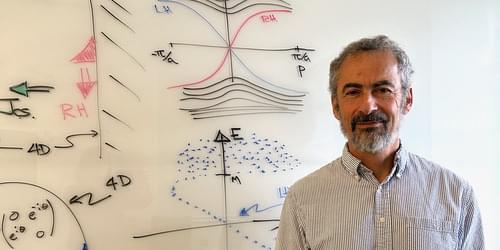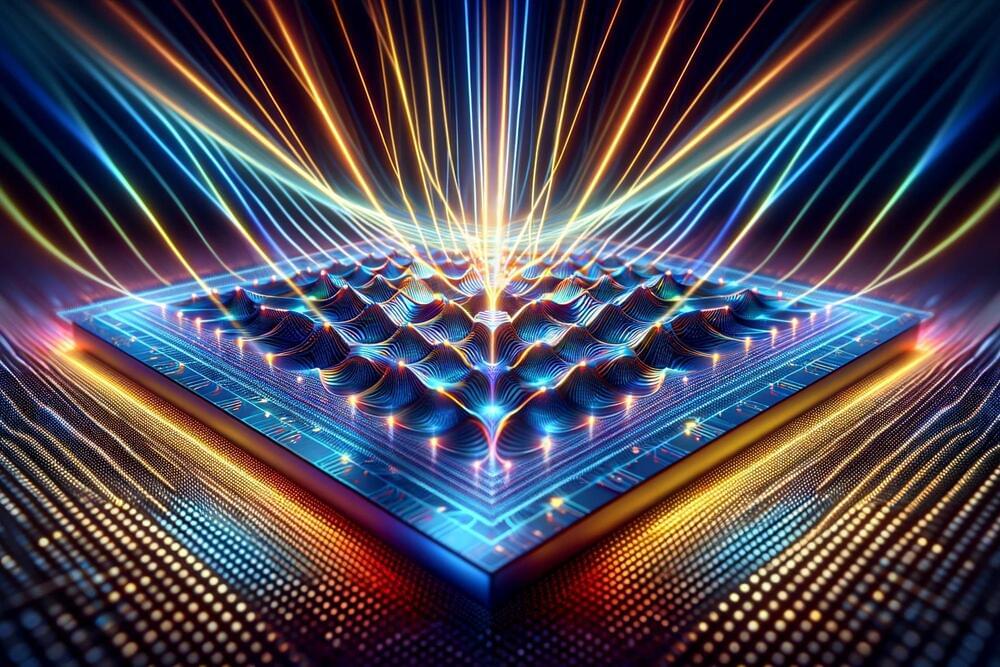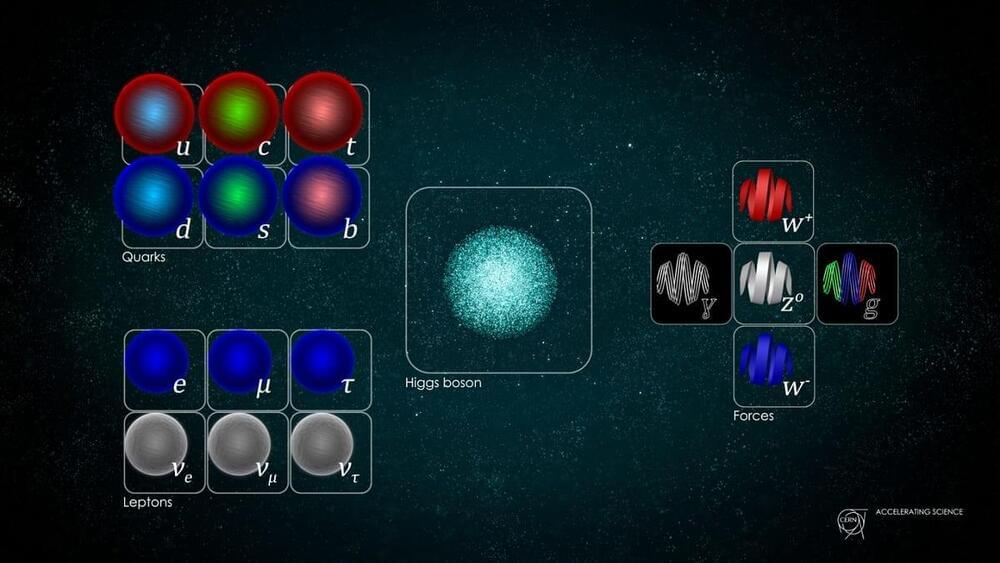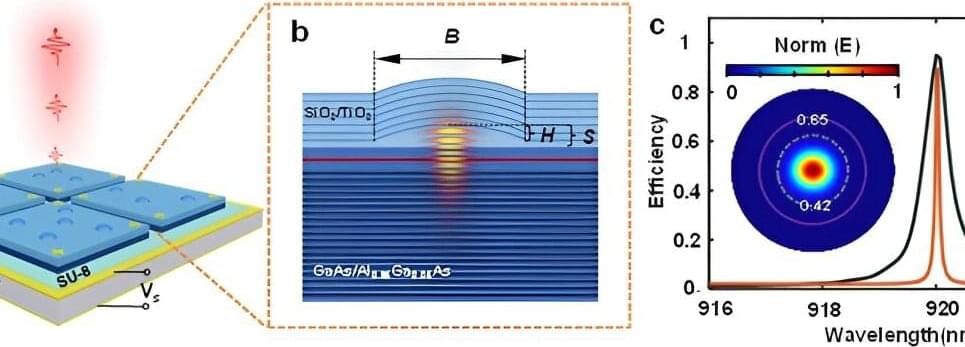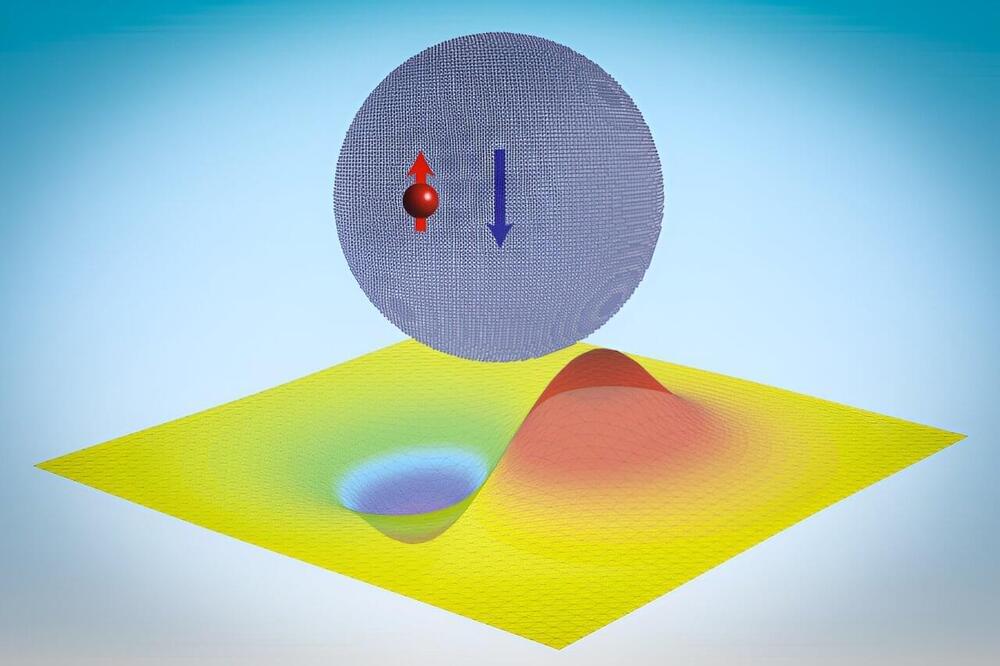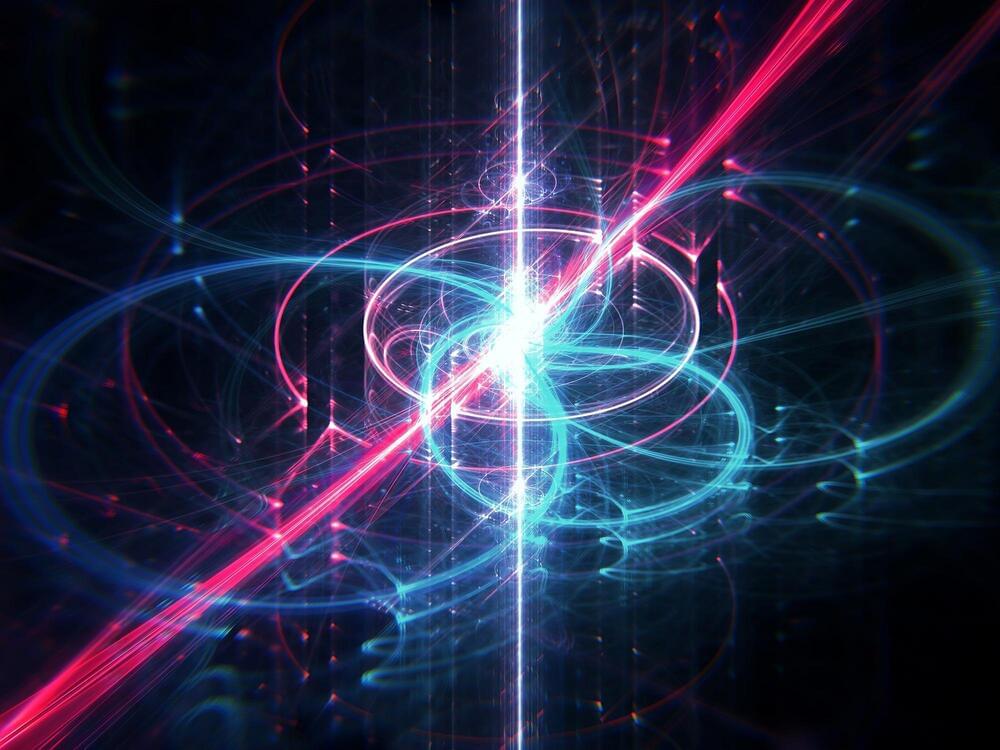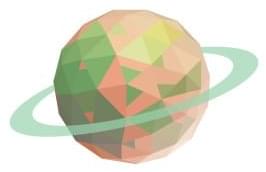Apr 6, 2024
Quantum mechanics: How the future might influence the past
Posted by Shubham Ghosh Roy in categories: particle physics, quantum physics
In 2022, the Physics Nobel prize was awarded for experimental work showing that the quantum world must break some of our fundamental intuitions about how the universe works.
Many look at those experiments and conclude that they challenge “locality”—the intuition that distant objects need a physical mediator to interact. And indeed, a mysterious connection between distant particles would be one way to explain these experimental results.
Others instead think the experiments challenge “realism”—the intuition that there’s an objective state of affairs underlying our experience. After all, the experiments are only difficult to explain if our measurements are thought to correspond to something real. Either way, many physicists agree about what’s been called “the death by experiment” of local realism.


